FDA published the first Red Book (successor to 1949 “black book”)
In 1982, the U.S. Food and Drug Administration issued a publication, known as the Redbook, that described the…
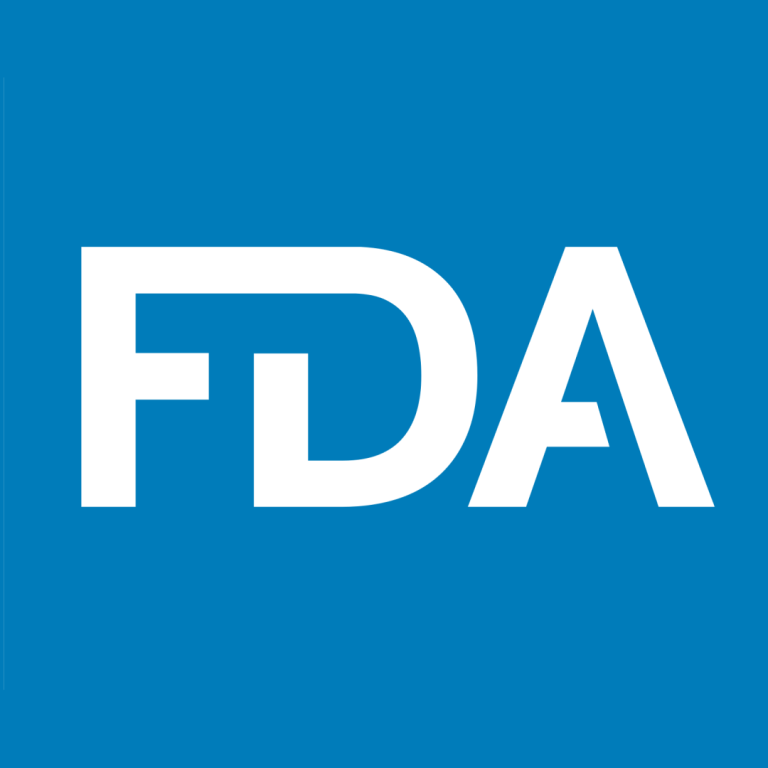
In 1982, the U.S. Food and Drug Administration issued a publication, known as the Redbook, that described the…
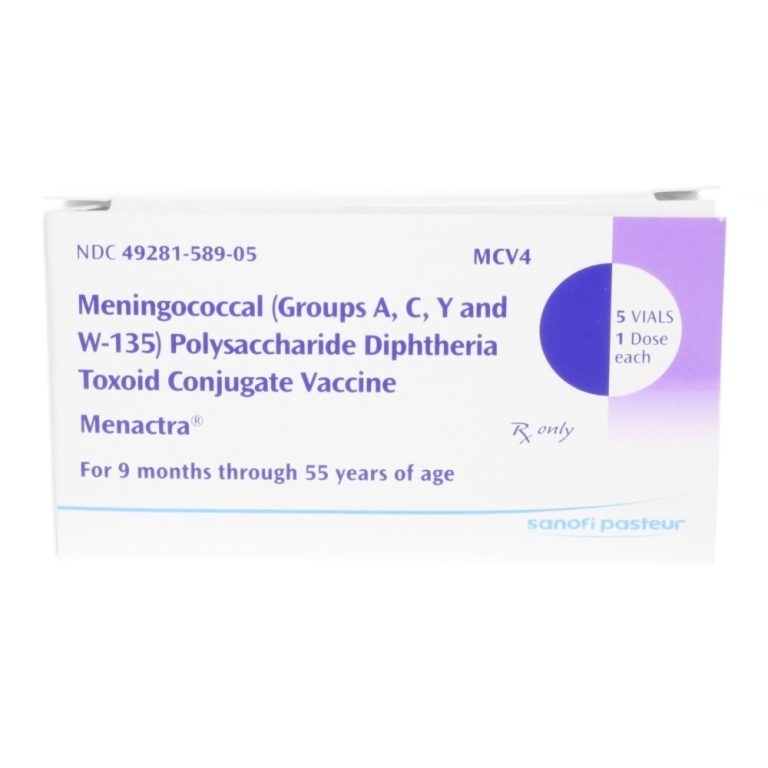
On Nov. 23, 1981, the U.S. Food and Drug Administration licensed Quadrivalent groups A, C, Y, and W-135…
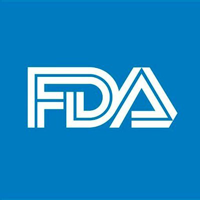
On Jul. 2, 1981, the FDA approved vinblastine, a drug that binds to tubulin, the protein building block…
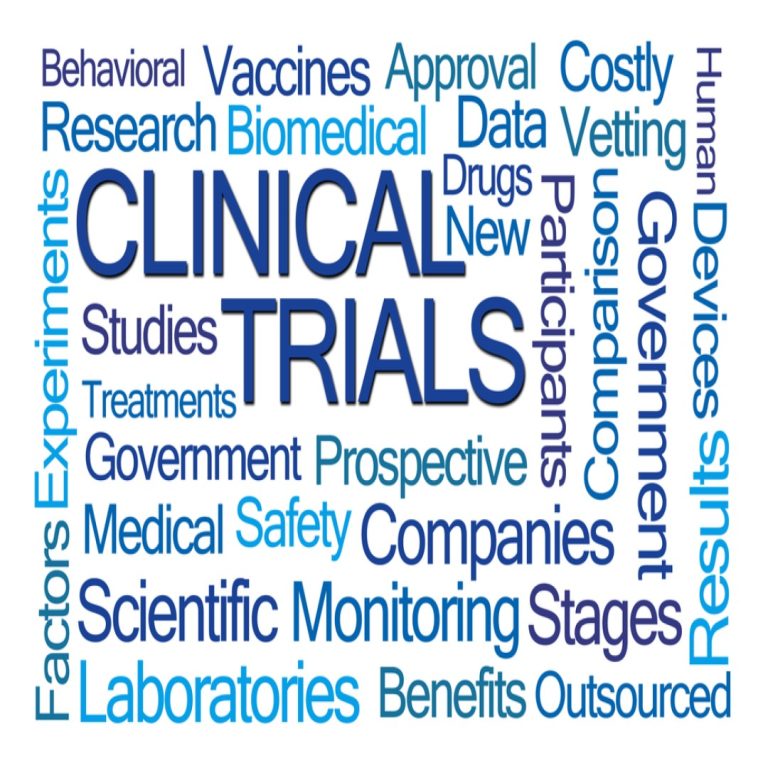
On Jan. 27, 1981, the U.S. Food and Drug Administration (FDA) and the U.S. Department of Health and…
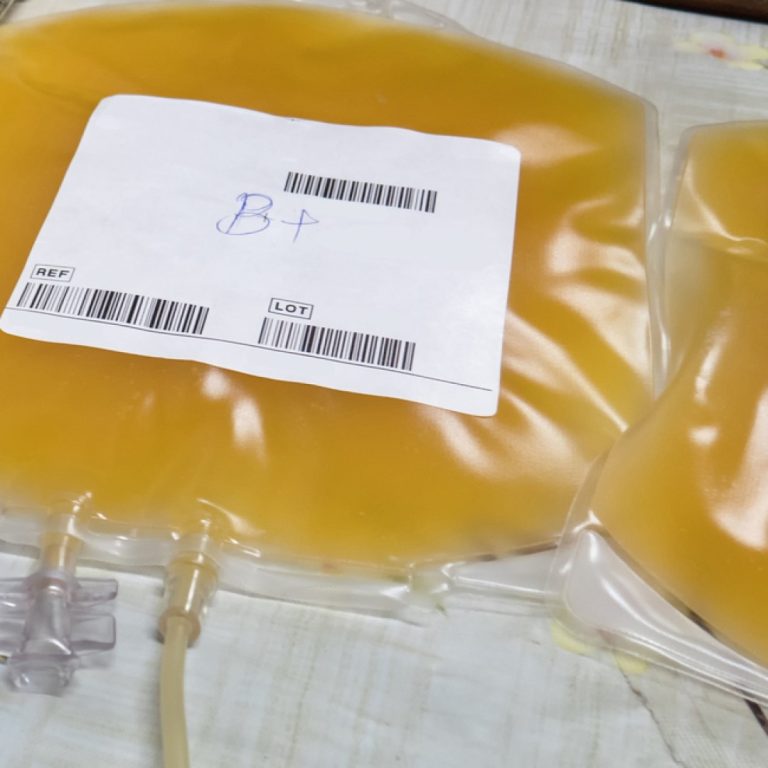
In 1981, the U.S. Food and Drug Administration (FDA) approved a plasma-derived hepatitis B vaccine for human use….
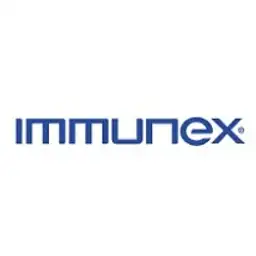
In 1981, Immunex Corporation was founded by Stephen Duzan, and Christopher Henney and Steven Gillis from the Hutchinson…
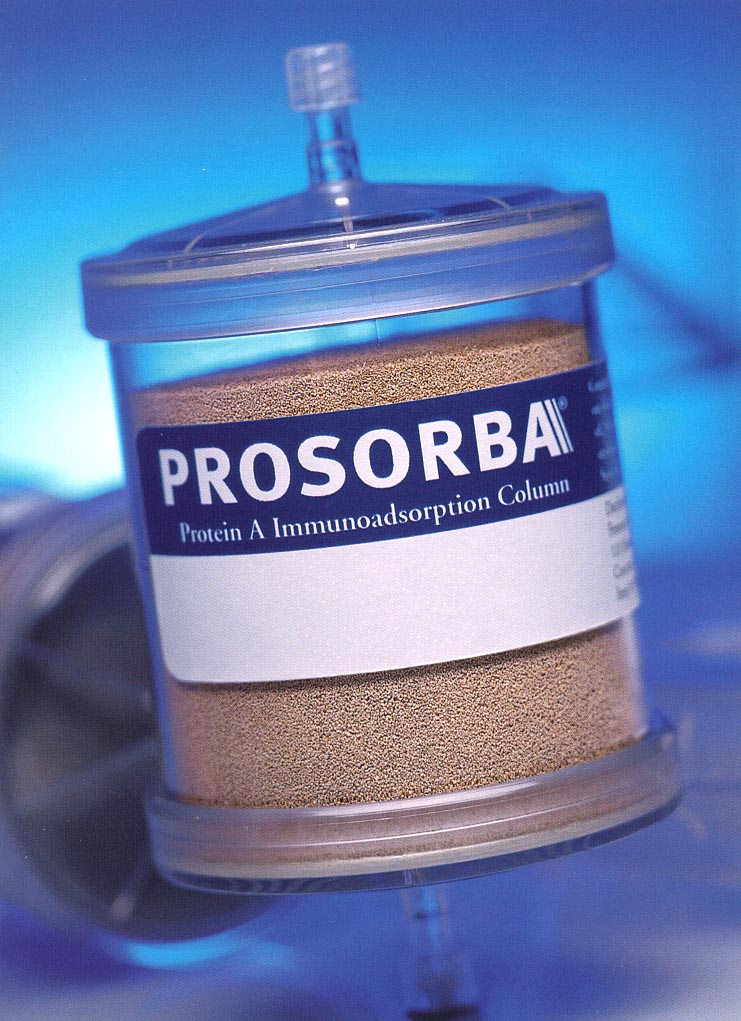
In 1981, Imre Corp. (Immune Response Systems, Inc.) was founded in Seattle. The company developed the Prosorba Column,…
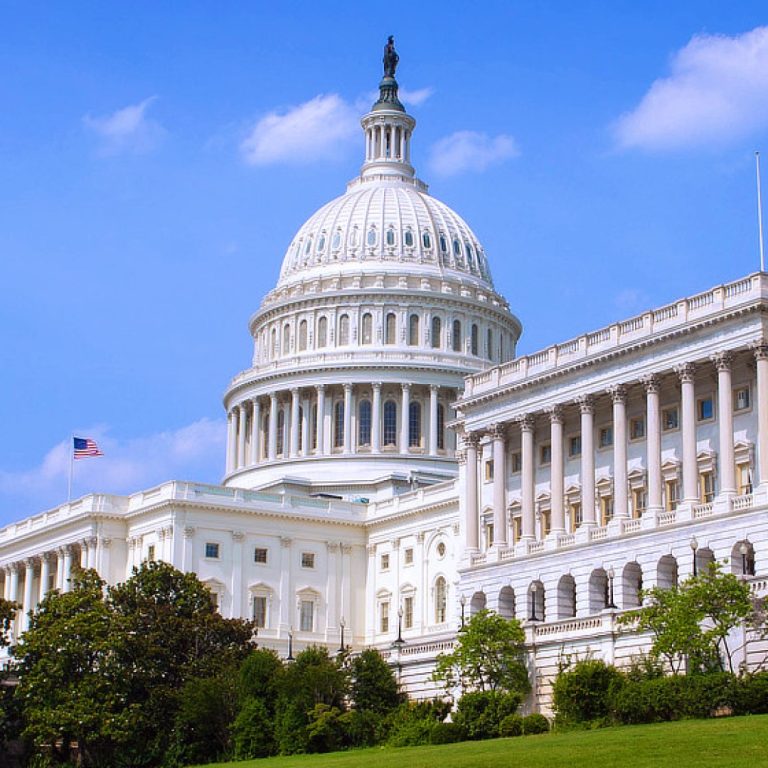
In 1980, the Infant Formula Act is one of the most specific and detailed acts ever passed by…
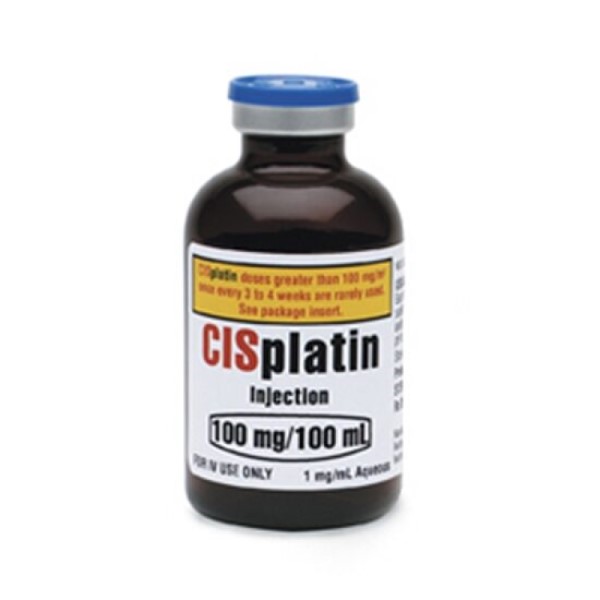
On Dec. 19, 1978, the U.S. Food and Drug Administration (FDA) approved cisplatin (Platinol) for use in combination…
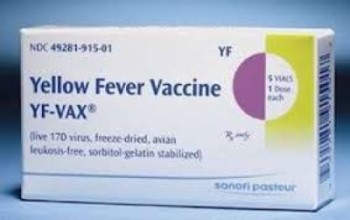
On Jan. 3, 1978, the Yellow fever vaccine (YF-Vax by Connaught) was licensed in the U.S. The Yellow…
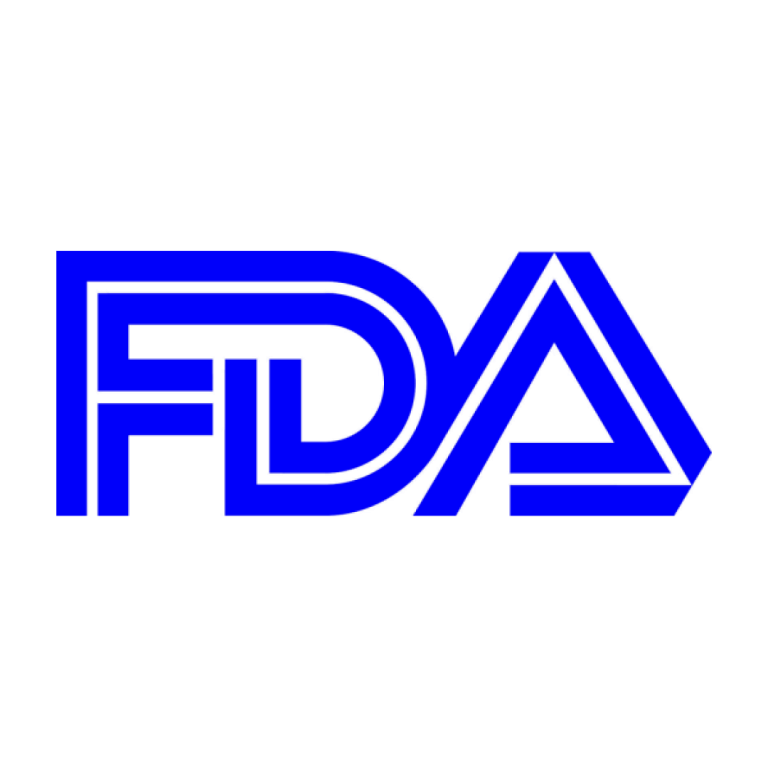
On Jan. 8, 2008, Eli Lilly announced that the U.S. Food and Drug Administration (FDA) had approved Cialis(R)…
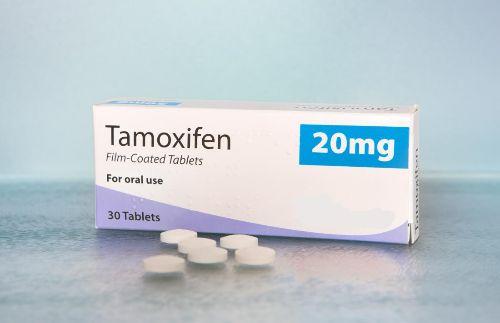
On Dec. 30, 1977, the U.S. Food and Drug Administration approved Tamoxifen, an anti-estrogen drug, for the treatment…
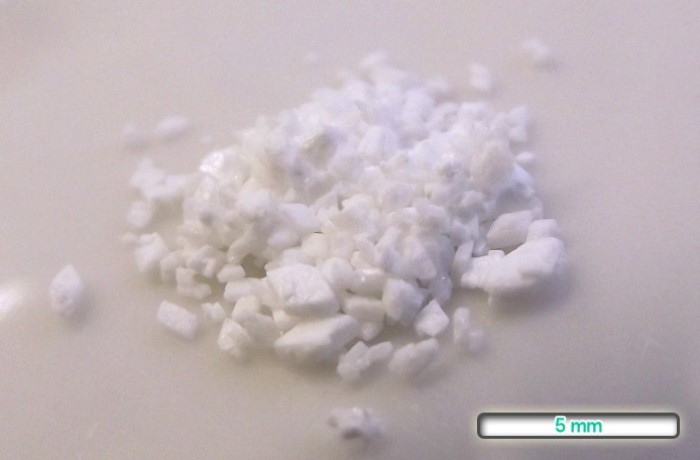
On Nov. 23, 1977, the Saccharin Study and Labeling Act was enacted by the U.S. Congress to stop…
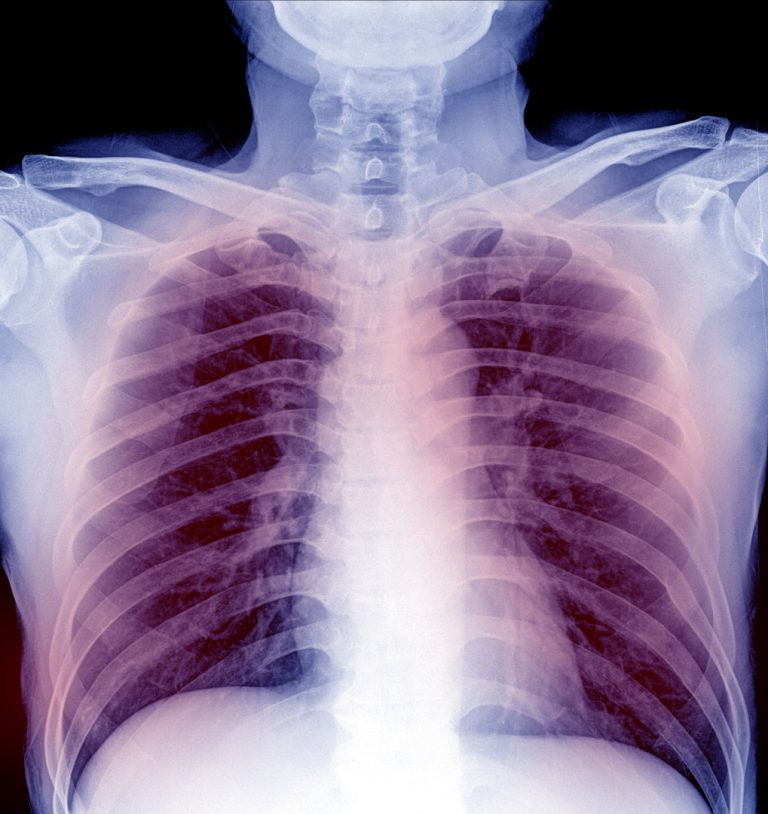
On Nov. 21, 1977, the U.S. Food and Drug Administration (FDA) licensed the first pneumococcal vaccine containing 14…

On Apr. 4, 1977, Donald Kennedy, Ph.D., became Commissioner of the U.S. Food and Drug Administration (FDA). Kennedy,…
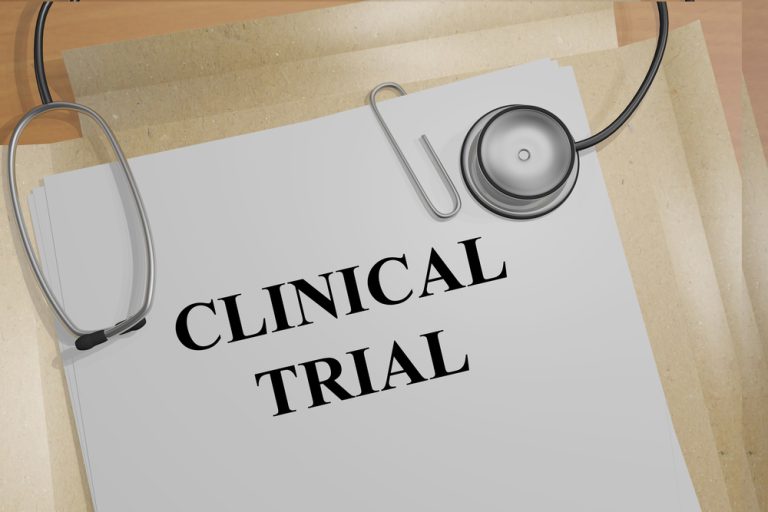
In 1977, the U.S. Food and Drug Administration (FDA) established the Bioresearch Monitoring Program (BiMo) to develop cross-center…
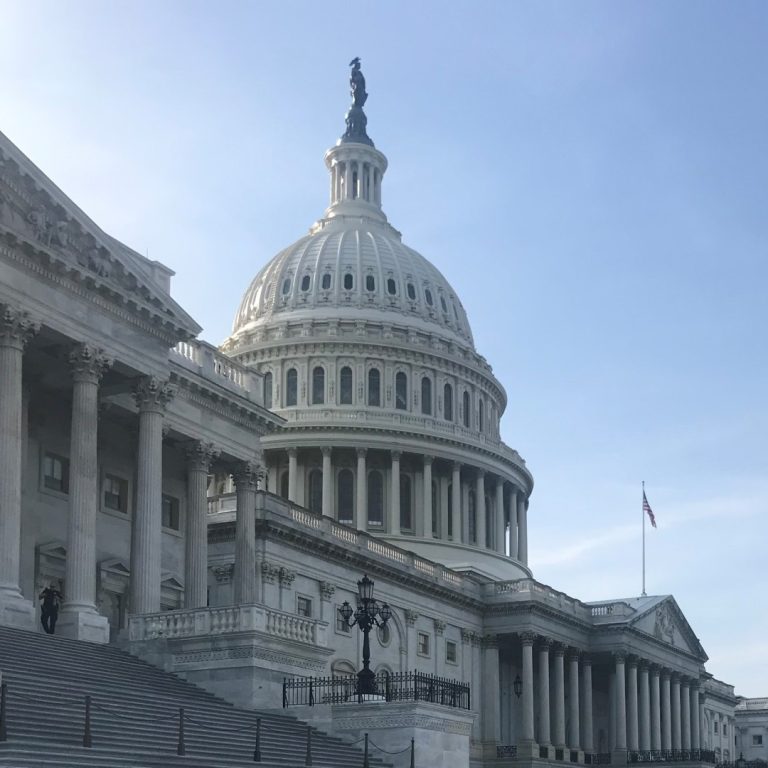
On Apr. 22, 1976, the U.S. Congress passed the Vitamin-Mineral Amendment to the Federal Food, Drug, and Cosmetic…
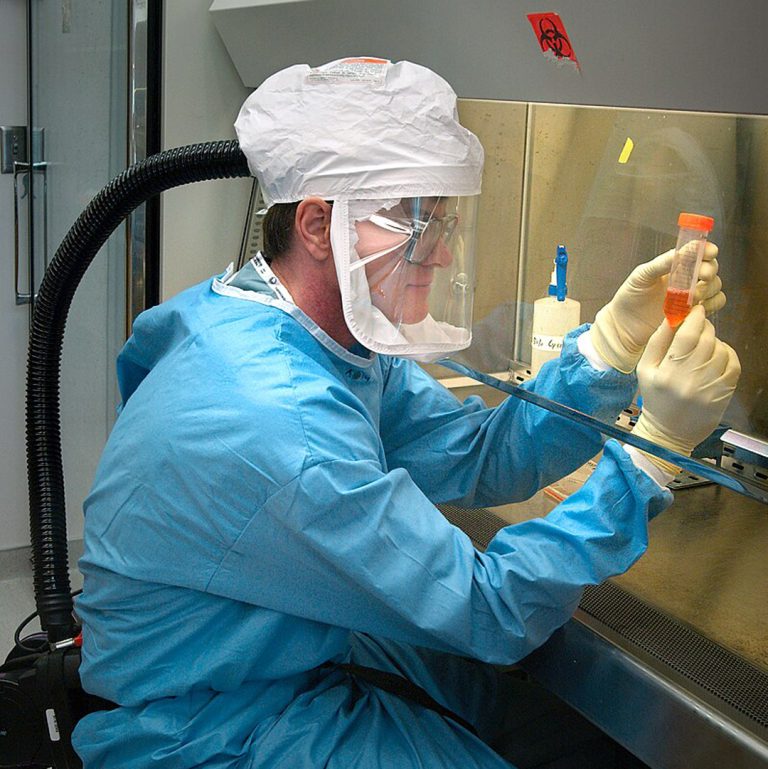
In 1976, Influenza A/Victoria-like strains had been identified in New Jersey as early as January 21. The novel…

In 1976, the U.S. Congress passed the Medical Device Amendments to ensure safety and effectiveness of medical devices,…

In 1975, rapamycin, a macrolide produced by the bacterium Streptomyces hygroscopicus was first discovered and isolated from soil…

In Jul. 1974, In the Division of Pharmaceutical Service at the University of Iowa began producing cGMP compliant…

In 1974, the U.S. Food and Drug Administration (FDA) approved doxorubicin (Adriamycin), an antitumor anthracycline antibiotic from Streptomyces…
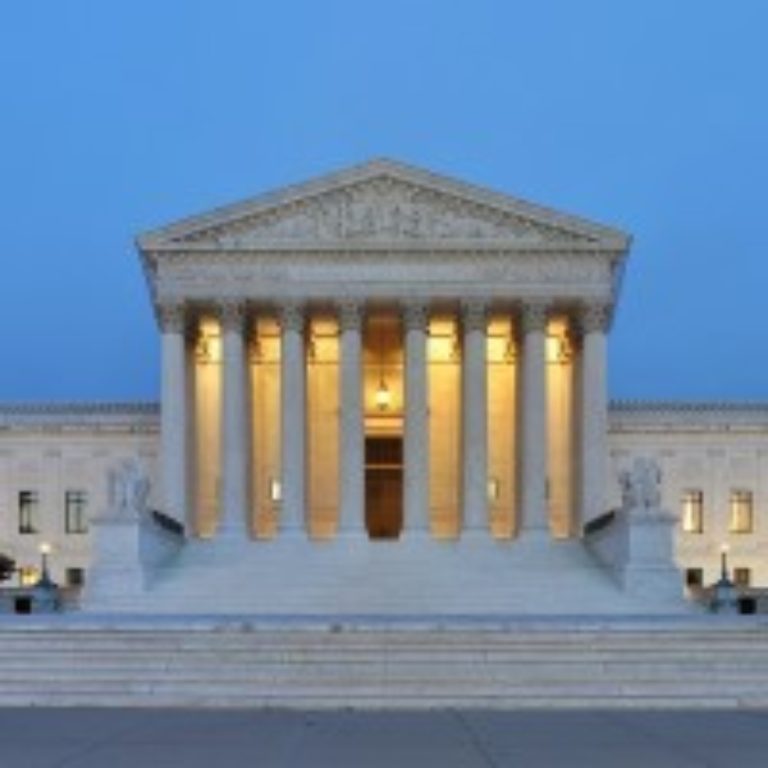
On Jun. 18, 1973, the U.S. Supreme Court upheld the 1962 drug effectiveness law and endorsed Food and…

On Feb. 17, 1973, the U.S. Food and Drug Administration (FDA) announced the recall of 29,500 institutional-size cans of…

On Oct. 27, 1972, the Consumer Product Safety Commission (CPSA) was enacted by the U.S. Congress. The CPSA…
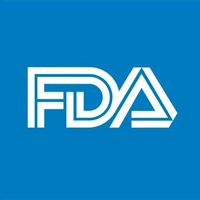
On Jul. 1, 1972, the Regulation of Biologics–including serums, vaccines, and blood products–was transferred from the NIH to…

In 1972, the Food and Drug Administration’s (FDA) new Bureau of Biologics began to regulate all 7000 U.S….
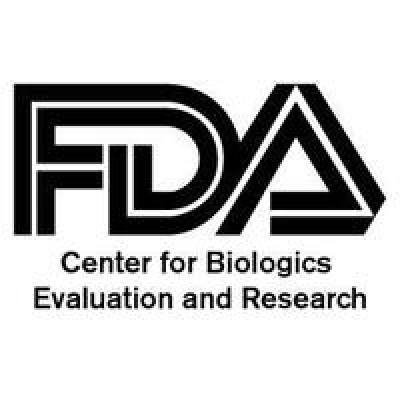
In 1972, the Division of Biologics Standards was transferred from the National Institutes of Health (NIH) to the U.S….
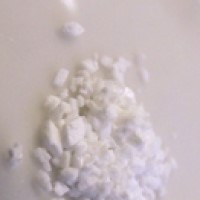
On Sept. 29, 1971, the artificial sweetener saccharin, included in FDA’s original GRAS list, was removed from the…
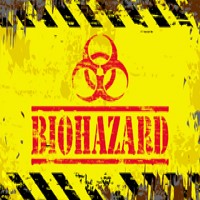
On May 17, 1971, The Public Health Service’s Bureau of Radiological Health was transferred to the FDA.